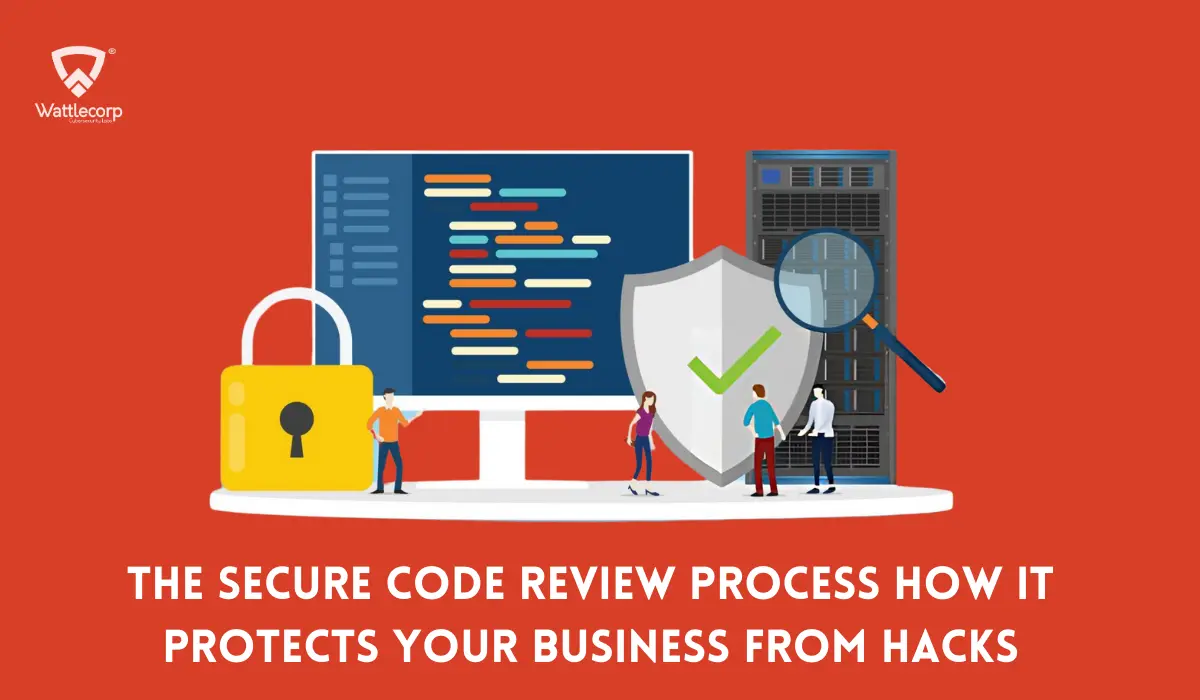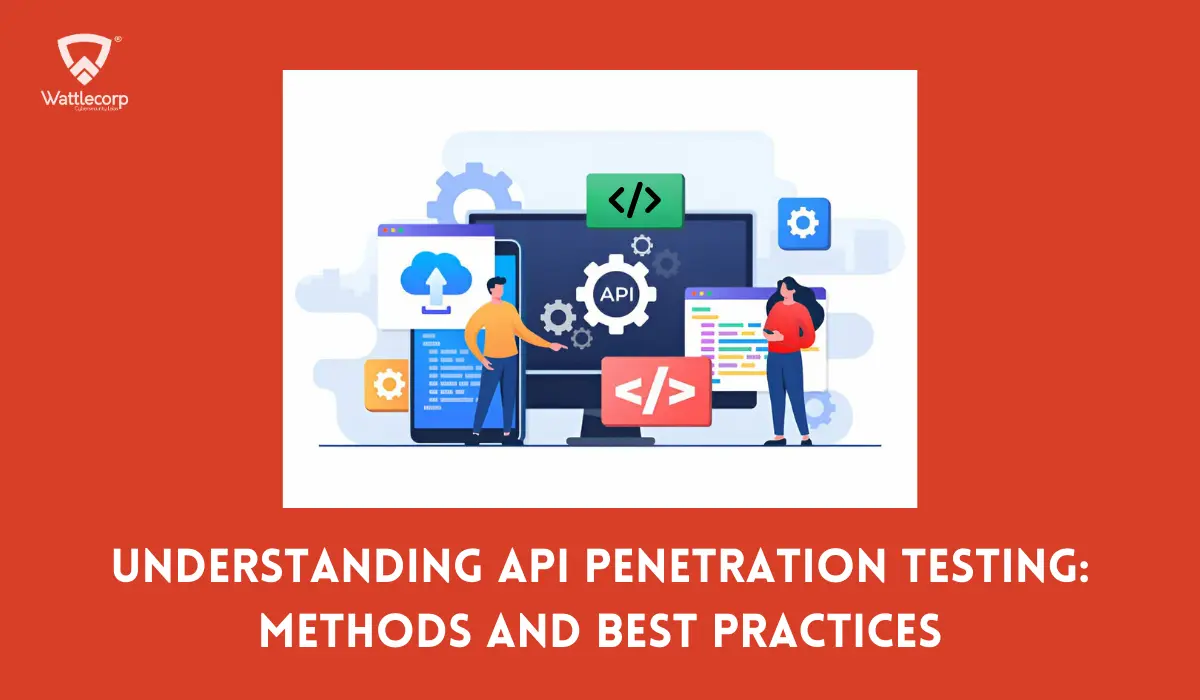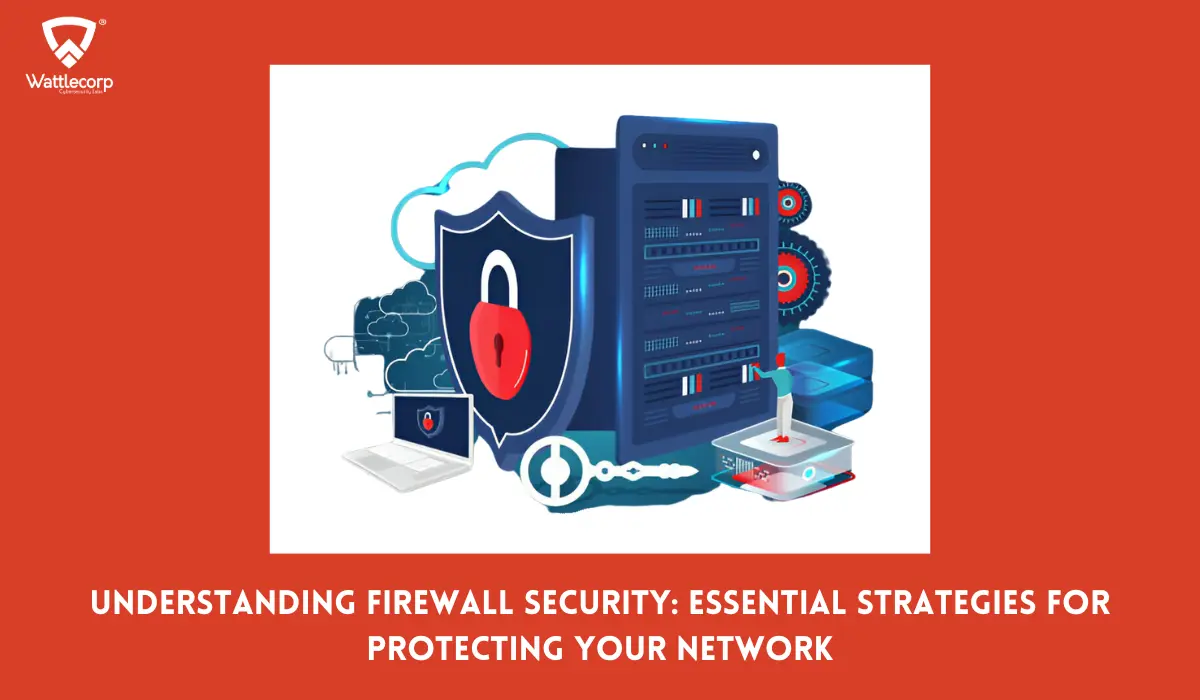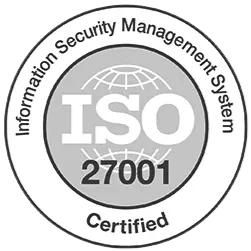Have you ever questioned what it takes to protect your company from today’s constant cyber threats?
Imagine this: A simple system flaw or security lapse, and suddenly, vital information about your business is publicly accessible. This is a devastating situation for any company. In an era where hackers are always improving, having a strong security framework is essential rather than optional.
So, why does ISO 27001 consultation matter?
ISO 27001 is a guide for protecting your company’s digital assets, not just another compliance tick. By following this internationally accepted standard, businesses may foresee, prepare for, and eliminate security threats before they become catastrophic. Understanding ISO 27001 regulations can be crucial for anyone handling sensitive employee data, whether an IT specialist, business owner, or HR department. Let’s examine the fundamentals and see how this framework can help your company prepare for the future.
Table of Contents
Toggle- The Importance of ISO 27001 Compliance
- Core ISO 27001 Requirements Checklist
- Industry-Specific ISO 27001 Applications
- Key Challenges and Practical Solutions
- Preparing for ISO 27001 Audits
- Penetration Testing in ISO 27001
- How Wattlecorp Assists with Penetration Testing and Cybersecurity Vulnerabilities?
- Frequently Asked Questions
The Importance of ISO 27001 Compliance
ISO 27001 is a cybersecurity framework; it’s a top priority for your company. As a result, customers, partners, and investors will trust your company more and make it their first choice. Recognizing and reducing hazards before they become more serious also helps to prevent expensive disruptions and guarantees operating efficiency

Implications for Contracts and the Law
Is ISO 27001 a legal requirement?
This is an important point: ISO 27001 compliance with legal and contractual requirements is becoming increasingly prevalent, making it more than just a security best practice. Several sectors desire ISO 27001 security requirements to comply with regulatory requirements. This guarantees adherence to data protection regulations such as the CCPA, GDPR compliance, or comparable frameworks, averting significant penalties and legal complications.
A Small But Important Advancement
By integrating ISO 27001 compliance with legal requirements into your company’s core values, you’re safeguarding data and preparing your company for the future. A framework lets stakeholders know that their data is in trustworthy hands and helps your company adapt to changing regulatory environments.
Core ISO 27001 Requirements Checklist
Comprehending the fundamental ISO 27001 requirements checklist ensures strong confidentiality of information while streamlining compliance processes. The list of ISO 27001 mandatory requirements is divided as follows:
1. Documentation Requirements
ISO 27001 emphasizes comprehensive documentation as the foundation of compliance. These ISO 27001 documentation requirements act as both guidelines for uniform execution and evidence of conformity to the standard.
ISO 27001 documents required:
- Information Security Management System (ISMS) policy
- Risk assessment methodology and results
- Statement of Applicability (SoA)
- Incident management procedures
- Internal audit reports
- Corrective and preventive action plans
Keeping these records up to date guarantees openness and shows responsibility in audits.
2. Risk Assessment and Management Requirements
An essential component of ISO 27001 is risk assessment. It entails locating, evaluating, and reducing possible security risks to a company’s resources. Another aspect of this stage is prioritizing risks according to their likelihood and possible impact. Create a risk treatment plan that details steps to lessen identified dangers and ensure that the plan is reviewed frequently to maintain its efficacy.
ISO 27001 risk assessment requirements:
- Recognizing assets and their weaknesses
- Evaluating the probability and consequences of risks
- Prioritizing risks for treatment
The process of developing a risk treatment plan describes how hazards that have been identified will be dealt with, whether through avoidance, acceptance, transfer, or mitigation.
Why It’s Important:
In addition to guaranteeing compliance, a substantial risk assessment framework protects your company from possible breaches or outages.
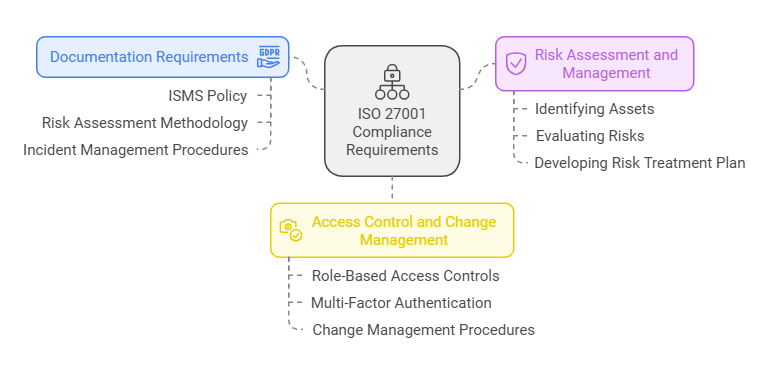
3. Access Control and Change Management
Who can access your systems and data? If the response is unclear, you’re in danger. According to ISO 27001, strict access limits are essential to preventing unwanted access.
ISO 27001 change management requirements:
- Record all intended modifications to systems, procedures, or guidelines.
- Before implementation, assess the risks involved with the changes.
- Educate employees on new protocols to ensure compliance.
Vulnerabilities can arise from organizational change, whether in persons, technology, or procedures. To overcome this, ISO 27001 calls for a methodical change management procedure. Insider threats and illegitimate intrusions are reduced when only authorized workers access vital systems.
Pro Tip: ISO 27001 access control requirements:
- Deploy role-based access controls (RBAC) into practice
- Set multi-factor authentication (MFA) into effect.
- Review and remove inactive users’ access regularly.
Also read: Transition Of ISO 27001:2013 to 2022 In Saudi Arabia
Additional Requirements
- ISO 27001 Penetration Testing Requirements: Although it is not specifically necessary, it is strongly advised that system vulnerabilities be identified proactively.
- Needs for Business Continuity: Create a Business Continuity Plan (BCP) to ensure that operations can bounce back quickly from unforeseen setbacks.
Legal and Contractual Compliance: Show that you are abiding by the relevant laws and agreements about cybersecurity and data privacy regulations.
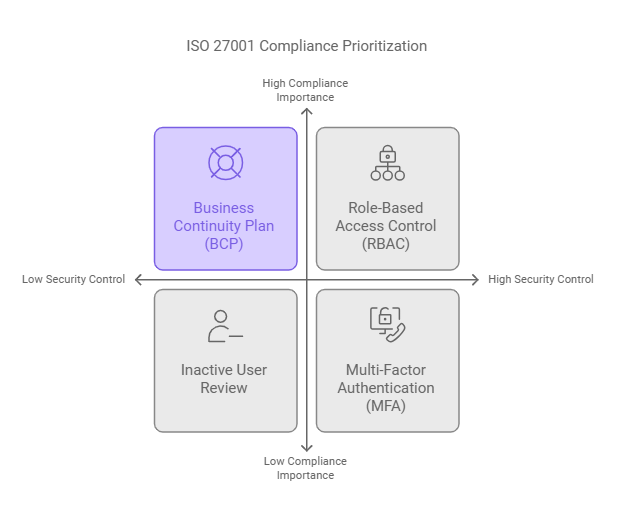
Industry-Specific ISO 27001 Applications
ISO 27001 is not a universally applicable standard; it has applications tailored to particular industries to meet their requirements. Here are some ways it helps essential industries:
1. Healthcare and Pharmaceuticals
Safeguarding confidential patient information is critical in the pharmaceutical and healthcare sectors. ISO 27001 compliance is crucial since violations can lead to fines and a decline in trust.
- Protecting Patient Data: ISO 27001 assists enterprises in adhering to strict laws such as HIPAA compliance by requiring strong data encryption, secure access controls, and frequent audits.
- Simplifying Operations: Businesses can implement a structured information security management system (ISMS) to guarantee uninterrupted operation while upholding compliance.
- Real-World Example: Consider a pharmaceutical corporation that develops new drugs using digital twins. By adhering to ISO 27001, they can protect sensitive R&D data from cybersecurity risks and compliance consulting.
Also read: The Business Impact of Compliance Failures in SaaS
2. SaaS and IT
Information security is a differentiation factor for IT firms and SaaS providers, not just a requirement. Consumers anticipate flawless solutions, and adherence to ISO 27001 shows a dedication to security. Building and growing your SaaS while managing a cybersecurity team and dealing with complicated security issues is difficult and complex. The Annual Security Program (ASP) can assist with that. ASP was created especially for SaaS enterprises, which relieves the burden of cybersecurity. You will receive a specialized cybersecurity staff without the overhead.
- Ensuring Secure Software: SaaS providers can guard against app vulnerabilities by conducting frequent penetration tests and maintaining thorough documentation.
- Protecting Data Storage: ISO 27001 ensures the security of cloud environments against intrusions by enforcing best practices for data storage.
- Proactive Risk Management: By taking a proactive approach to risk assessment, SaaS organizations can detect and fix weaknesses before they become more serious.
Did You Know?
A single SaaS security violation can result in millions of dollars in fines and lost consumer trust. ISO 27001 protects from these risks.
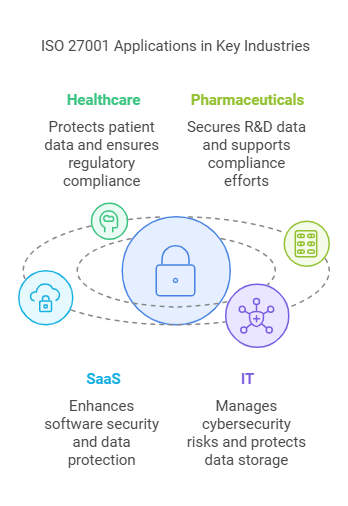
Key Challenges and Practical Solutions
Many enterprises find the complex ISO 27001 standard requirements difficult to comprehend, but there is always a feasible solution. Let’s examine a few common challenges and how to overcome them.
1: Understanding and Implementing ISO 27001 Requirements
ISO 27001 documentation and procedures might be confusing, particularly for beginners. Frequently asked questions include “What documents are required?” and “How do I conduct a risk assessment?”
Start with an ISO 27001 requirements checklist. This ensures that everything is noticed by breaking down each step. Using authorized tools or collaborating with professionals can streamline the procedure and lessen the intimidating nature of compliance.
2: Managing Costs and Resources
The expenses of audits, training, and resources may make compliance seem costly for small and mid-sized enterprises.
Use scalable approaches. Build your ISMS (Information Security Management System) gradually after starting with an economic risk assessment. Use free templates or frameworks to save money upfront without sacrificing quality.
Also Read : Transition Of ISO 27001:2013 to 2022 In Saudi Arabia
3: Maintaining Up-to-Date Documentation
Vulnerabilities might be revealed, and outdated or incomplete papers can derail compliance efforts.
Maintain a system for document version control. Establish routine ISO 27001 internal audit requirements and reviews to ensure that all documentation complies with the most recent ISO 27001 certification requirements. Automated document management systems are one example of a life-saving tool.
4: Limited Internal Knowledge
Many businesses need more internal knowledge to apply strong controls or interpret ISO 27001 requirements.
Employ consultants or invest in staff training. By taking courses on ISO 27001 internal audit requirements, your team can be better equipped to handle compliance.
5: Ongoing Observation and Enhancement
Compliance calls for constant work and observation, not a one-time event.
Incorporate the ISO 27001 security requirements into routine business processes. Use real-time monitoring tools to keep ahead of possible attacks, do frequent penetration tests, and track weaknesses.
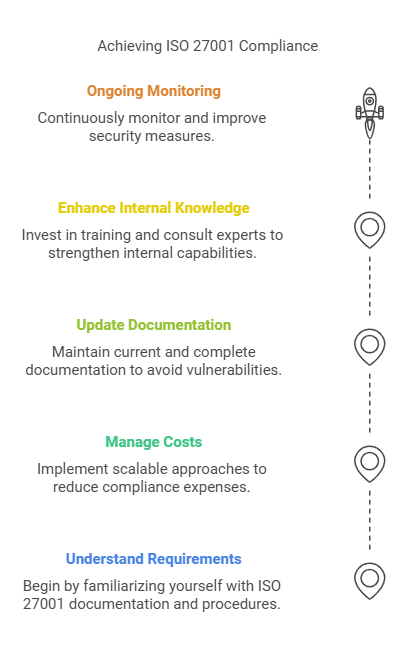
Preparing for ISO 27001 Audits
Thorough planning and a clear grasp of what auditors anticipate are essential for successful ISO 27001 audit requirements. Here’s all you must comprehend, whether you’re handling an internal audit or using penetration testing to ensure compliance.
ISO 27001 internal audit requirements:
Consider an internal audit as a practice run for compliance. It guarantees that your company complies with ISO 27001 requirements before the arrival of external auditors.
What is the strategy, then?
Checklist for a Smooth Internal Audit:
- Examine Required Documents: Verify that all ISO 27001 mandatory documents, such as the incident response plans, safety regulations, and risk assessment report, are current and available.
- Find the Gaps: Do a gap analysis to compare current processes with ISO 27001 requirements.
- Stakeholder Engagement: Assign roles and explain audit objectives to teams to improve collaboration.
- Create Scenarios: To assess the efficacy of your ISMS, create mishaps or intrusions to test it.
- Document Findings: Maintain thorough records of the auditor’s conclusions, remedial measures, and lessons discovered.
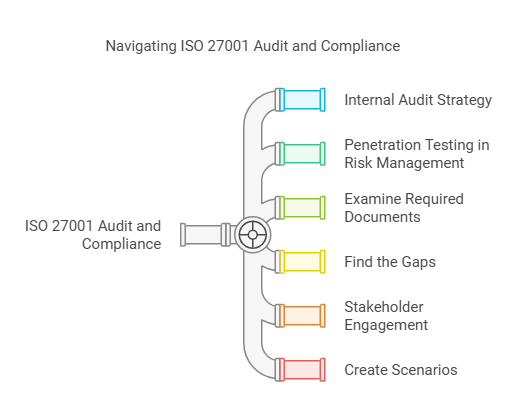
Penetration Testing in ISO 27001
Does ISO 27001 require penetration testing? The simple answer is that pentesting is essential to proving sound risk management, even though it is not required.
Significance of Pentesting in Risk Management:
- Find Weaknesses: Pentesting exposes weaknesses in your systems by simulating actual attacks.
- Verify Controls: Ensure the security measures described in your ISMS work as planned.
- Fulfill customer expectations: Many partners and clients consider pen-testing evidence of your company’s dedication to security.
- Boost Preparedness: By proactively fixing vulnerabilities through pen testing, you fortify compliance and prepare for more challenging audit queries.
How Wattlecorp Assists with Penetration Testing and Cybersecurity Vulnerabilities?
By resolving vulnerabilities and carrying out sophisticated penetration testing, Wattlecorp smoothly complies with ISO 27001 regulations while bridging the gap between compliance and security excellence.
This is how we contribute:
Also read: Penetration Testing Methodologies
1. Determining Cybersecurity Vulnerabilities
- Proactive Assessments: Our team performs comprehensive vulnerability assessments to find weak places in your IT infrastructure.
- Compliance-Driven Approach: We ensure that such threats are recognized and methodically addressed by aligning our assessments with ISO 27001’s risk assessment and management criteria.
- Customized Solutions: Each firm’s vulnerabilities are unique. We develop tailored mitigation plans that comply with the standards outlined in ISO 27001.
2. Thorough Penetration Testing
- Simulates Real-World Threats: We mimic cyberattacks to find important weaknesses in your systems, assisting you in mitigating risks before attackers discover them.
- Meeting ISO 27001 requirements: Penetration testing provides useful information about your defences, helping you comply with ISO 27001’s risk management and information security standards.
- Continuous Improvement: Our thorough reporting and remediation assistance improve your organization’s security posture while meeting audit and certification standards.
3. Making Your Compliance Journey Stronger
- Support for Documentation: We help draft the documentation required by ISO 27001, ensuring that each test and mitigation procedure is fully recorded for audits.
- Access Control Testing: We assess your access control systems to ensure they meet the strict access management guidelines in ISO 27001.
- Change Management Reviews: As part of our services, we assess your change management systems to ensure they meet ISO 27001’s security guidelines for handling changes.

Why Opt for Wattlecorp?
- Expertise: Fortune 500 firms like Walmart, Tesla, and Intel have acknowledged our team for providing outstanding security solutions.
- Complete Support: We support you at every stage, from spotting weaknesses to helping you navigate the ISO 27001 certification procedure.
- Personalized Security Programs: We create security plans based on your size, industry, and compliance objectives.
The ISO 27001 requirements are not only a list; rather, they serve as a guide for creating a safe and robust company in today’s rapidly changing digital world. Businesses may confidently address the difficulties of compliance. Additionally, it improves their operations by comprehending its fundamental concepts, which include documentation, risk assessment, and access restrictions.
Applications of ISO 27001 throughout industries, from SaaS to healthcare, demonstrate the importance of protecting data and adhering to legal requirements.
Are you prepared to make the change to compliance? Connect with us for more insights and information about ISO 27001 requirements.
Frequently Asked Questions
1. How long does it typically take to get ISO 27001 certified?
Depending on your company’s size, resources, and security procedures, obtaining ISO 27001 certification usually takes 3 months to 1 year. The process includes a readiness assessment, control implementation, documentation, internal audits, and an external audit by a certifying authority.
2. How often do I need to renew ISO 27001 certification, and what is the process?
Every three years, ISO 27001 certification must be renewed. To guarantee continued compliance, the procedure entails a recertification audit conducted by an authorized organization. Moreover, surveillance audits are carried out annually throughout the certification period to confirm that your company upholds ISO 27001 requirements and takes care of any necessary adjustments or enhancements.
3. What happens if we don’t meet all the ISO 27001 requirements? Can we still get certified?
Your company can only become certified if it complies with all of ISO 27001’s requirements. Nonetheless, gaps are usually found throughout the audit process, enabling you to close them. To successfully move on with certification, you can seek a follow-up audit after resolving these non-conformities and proving compliance.

